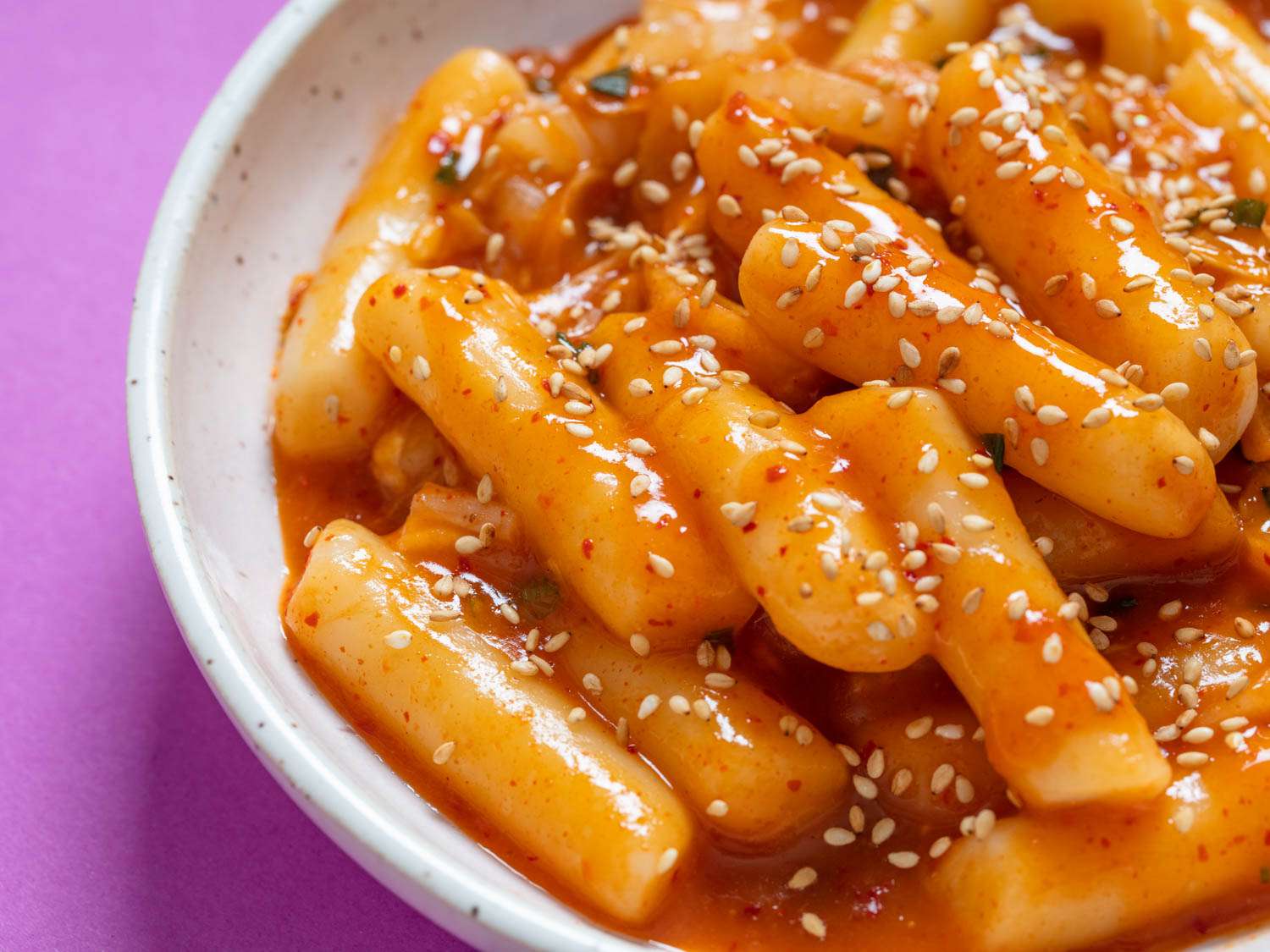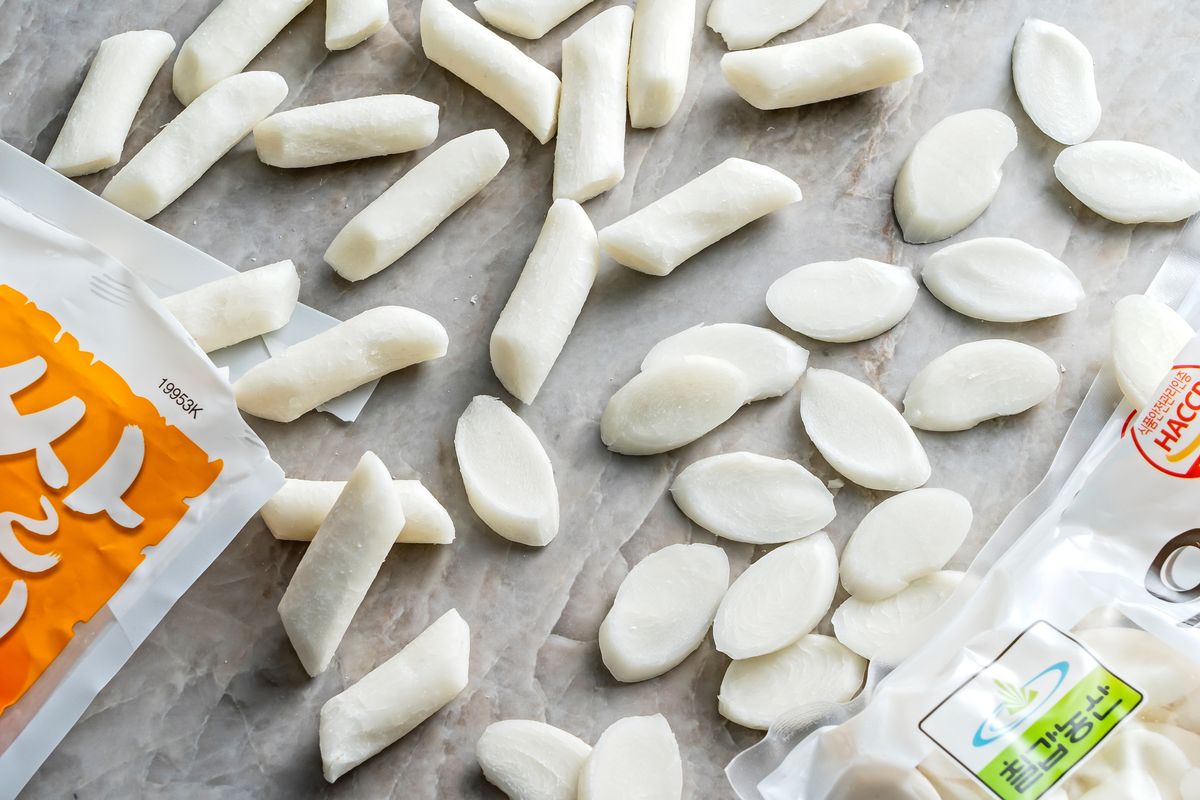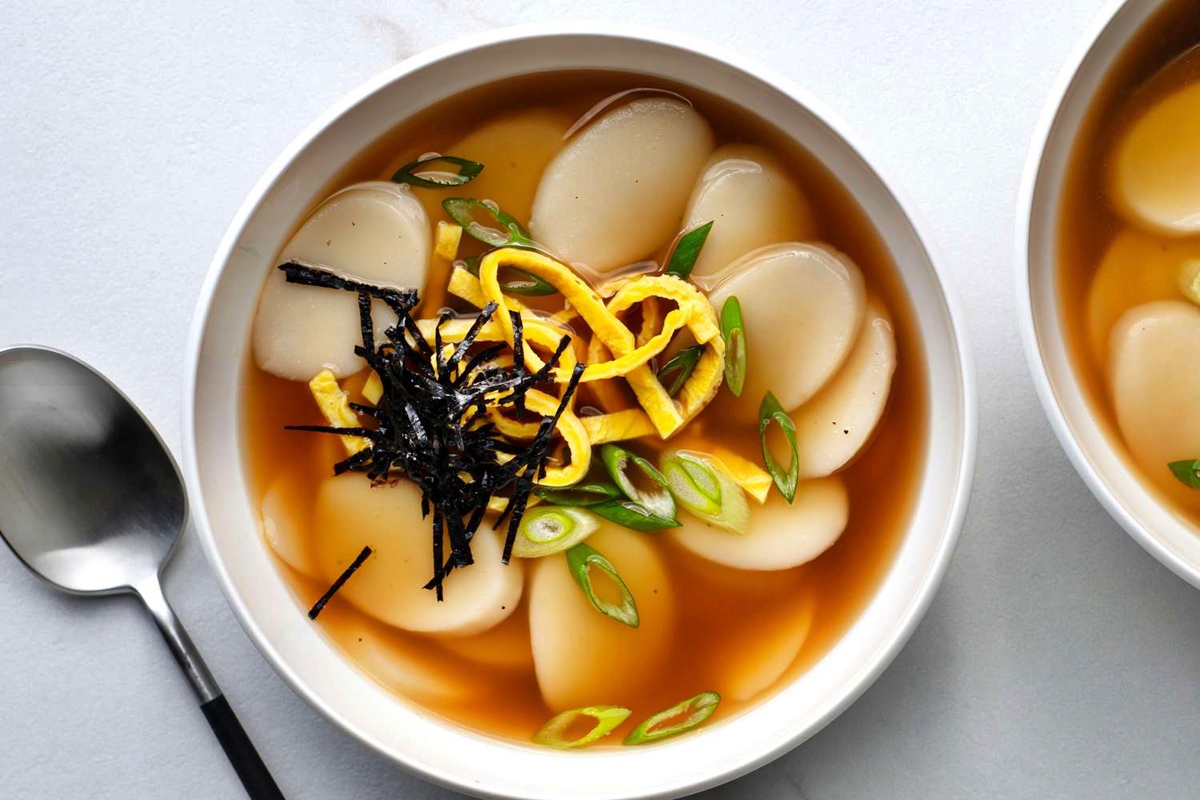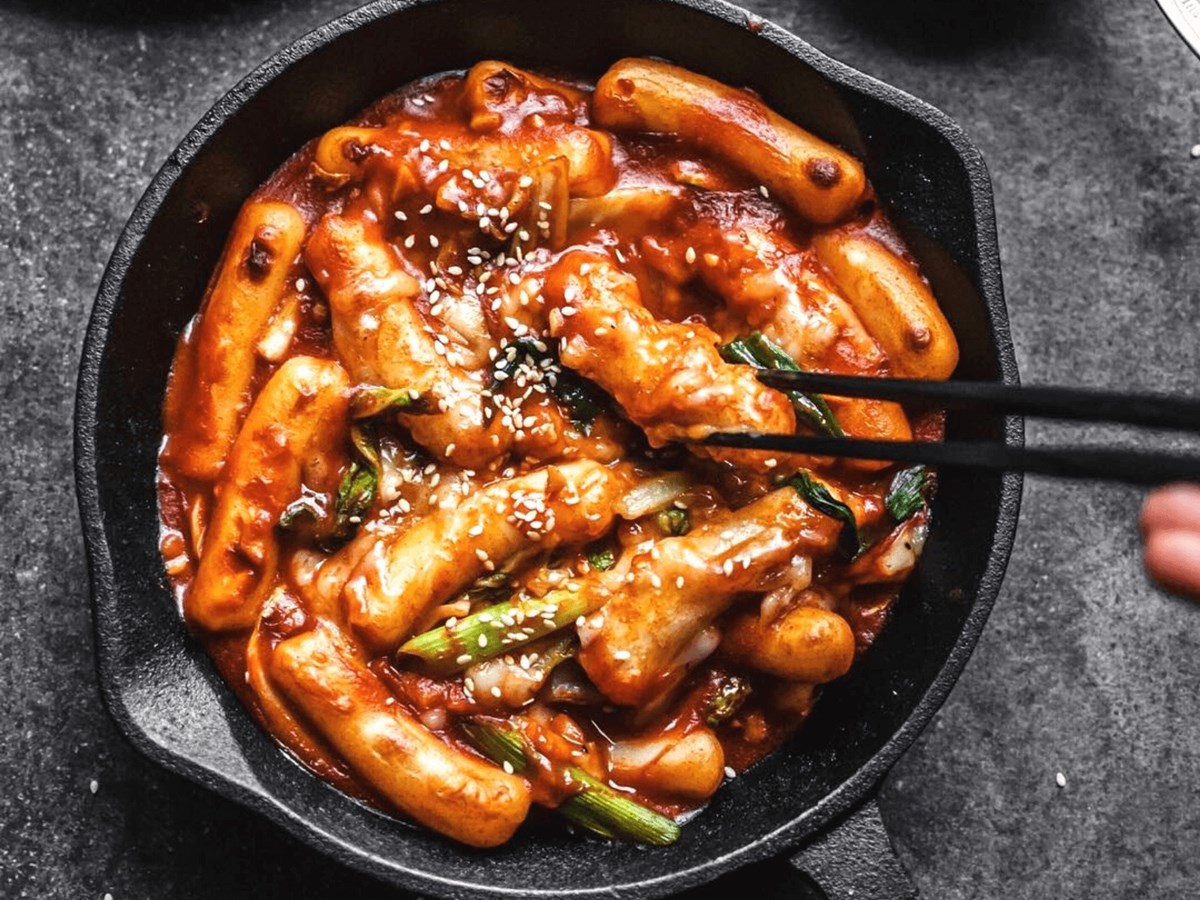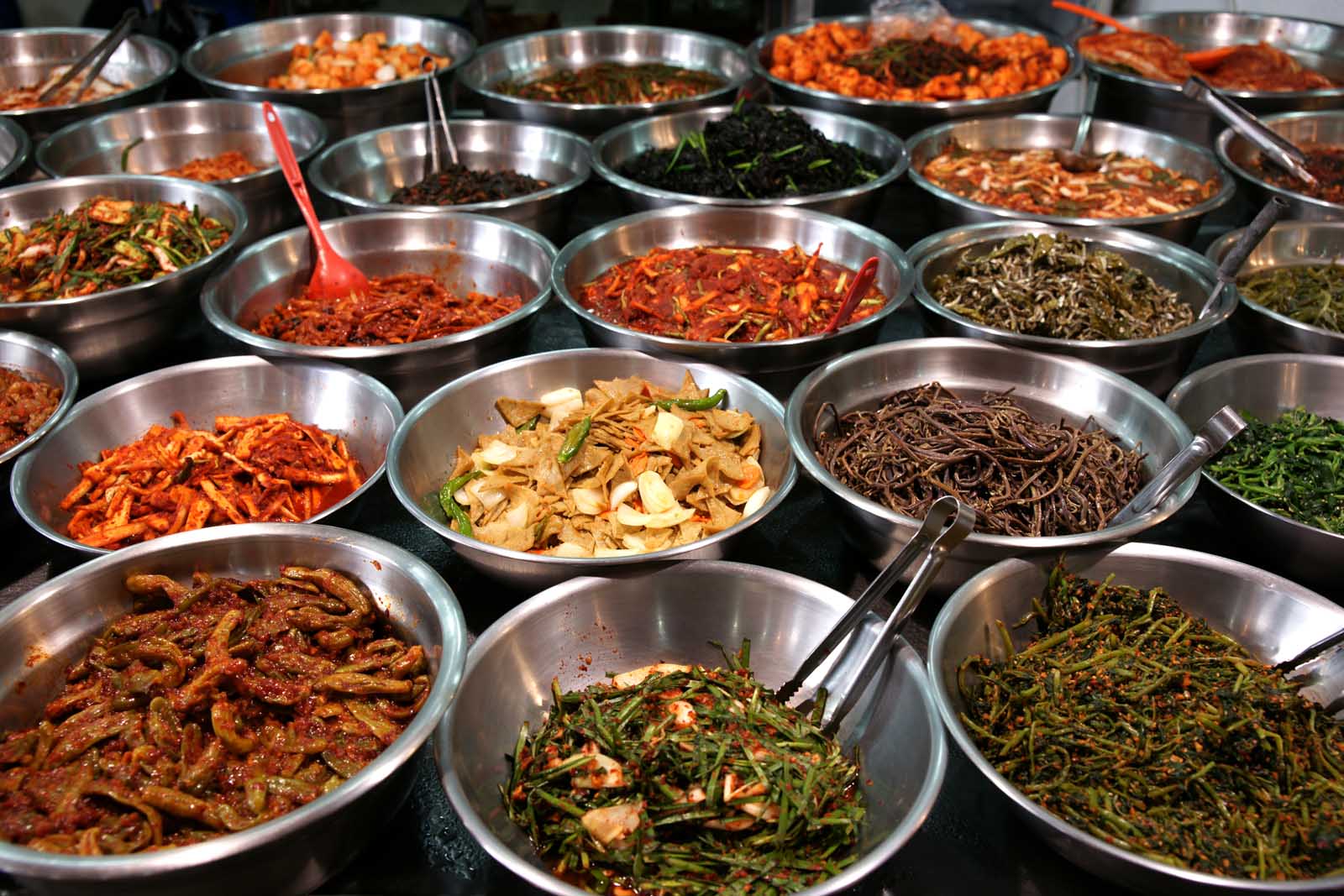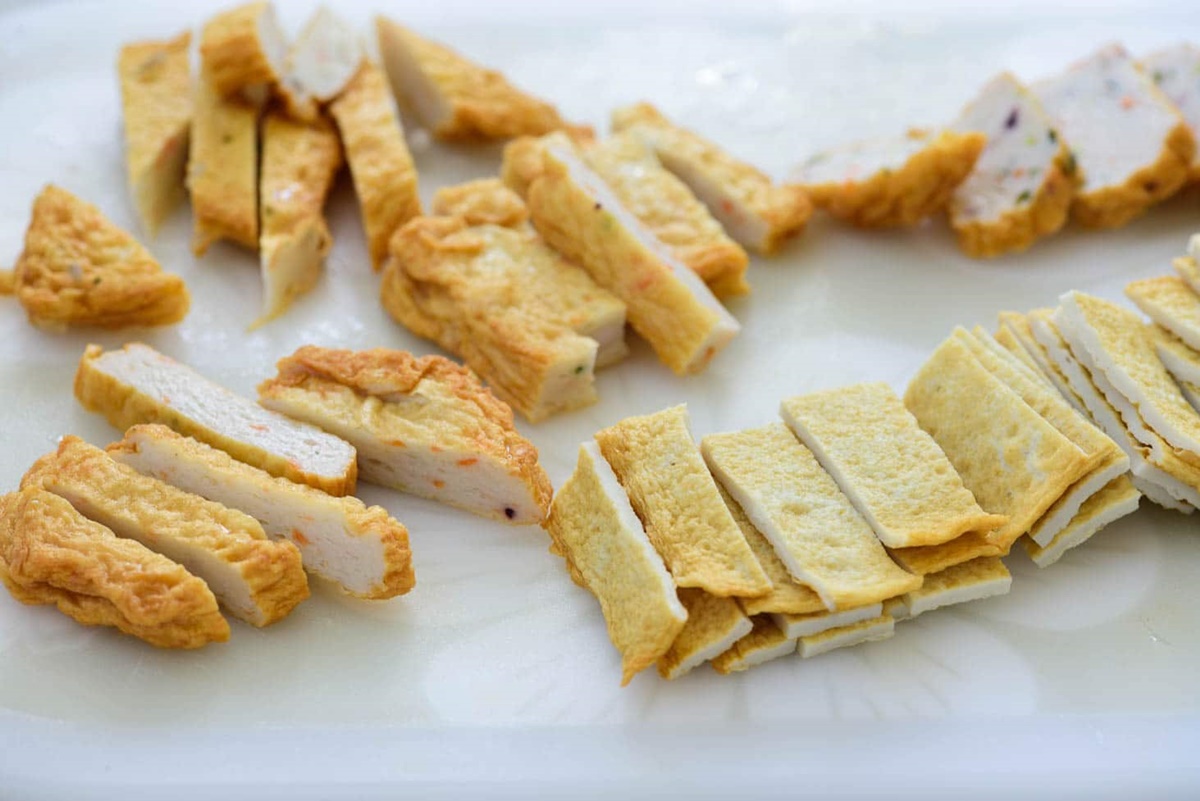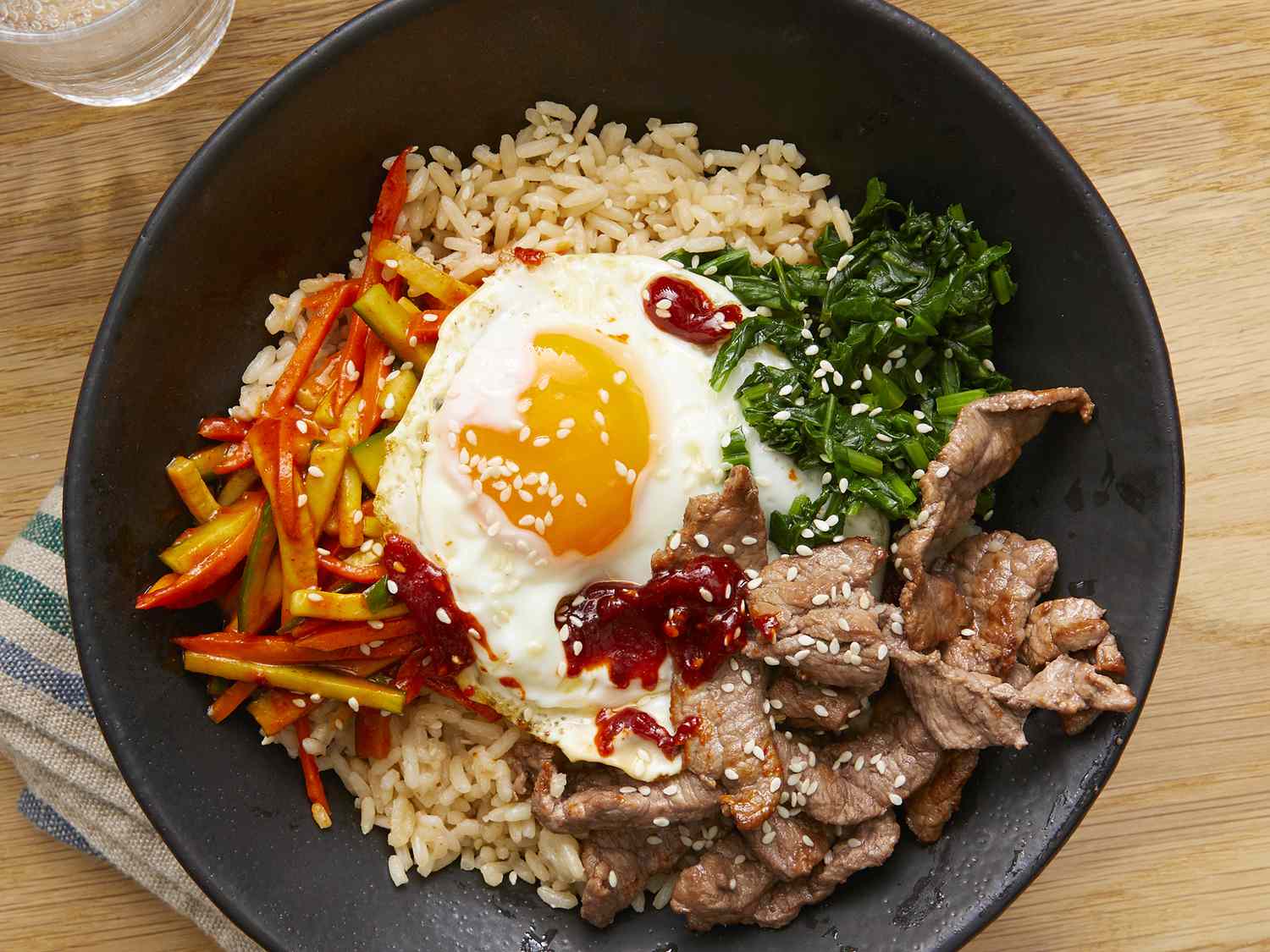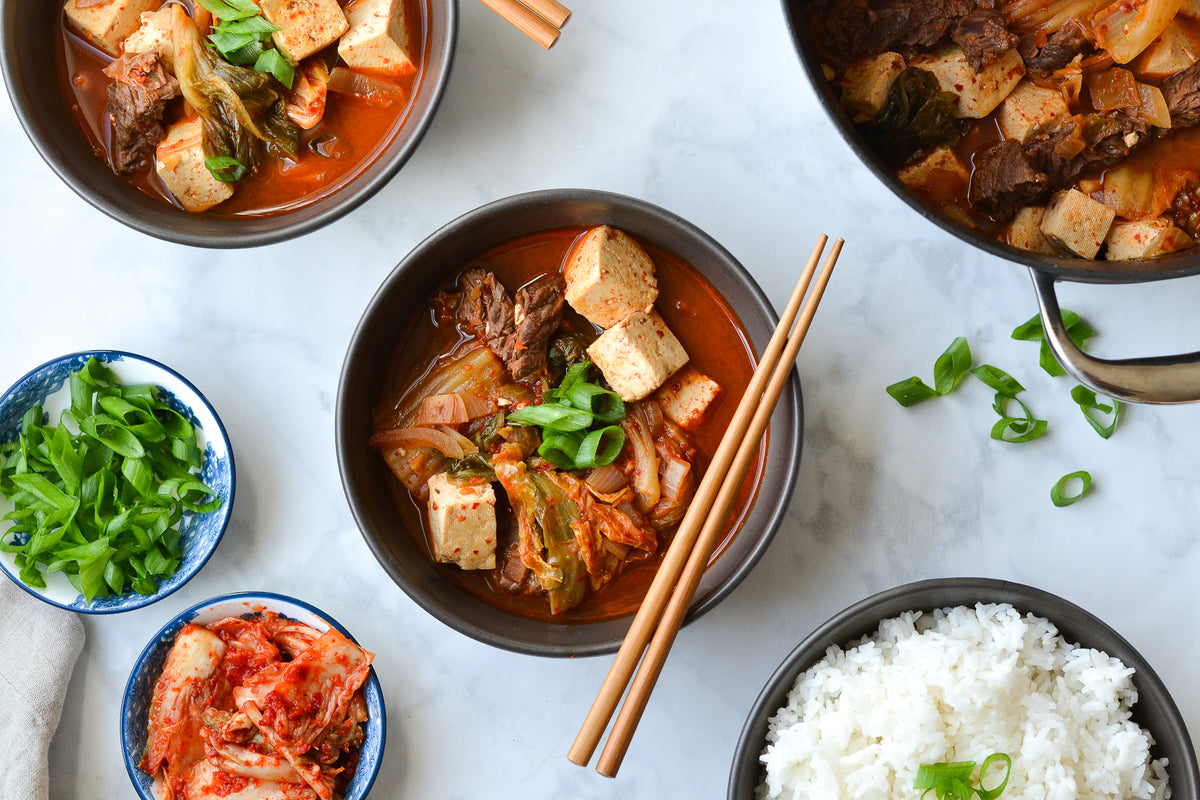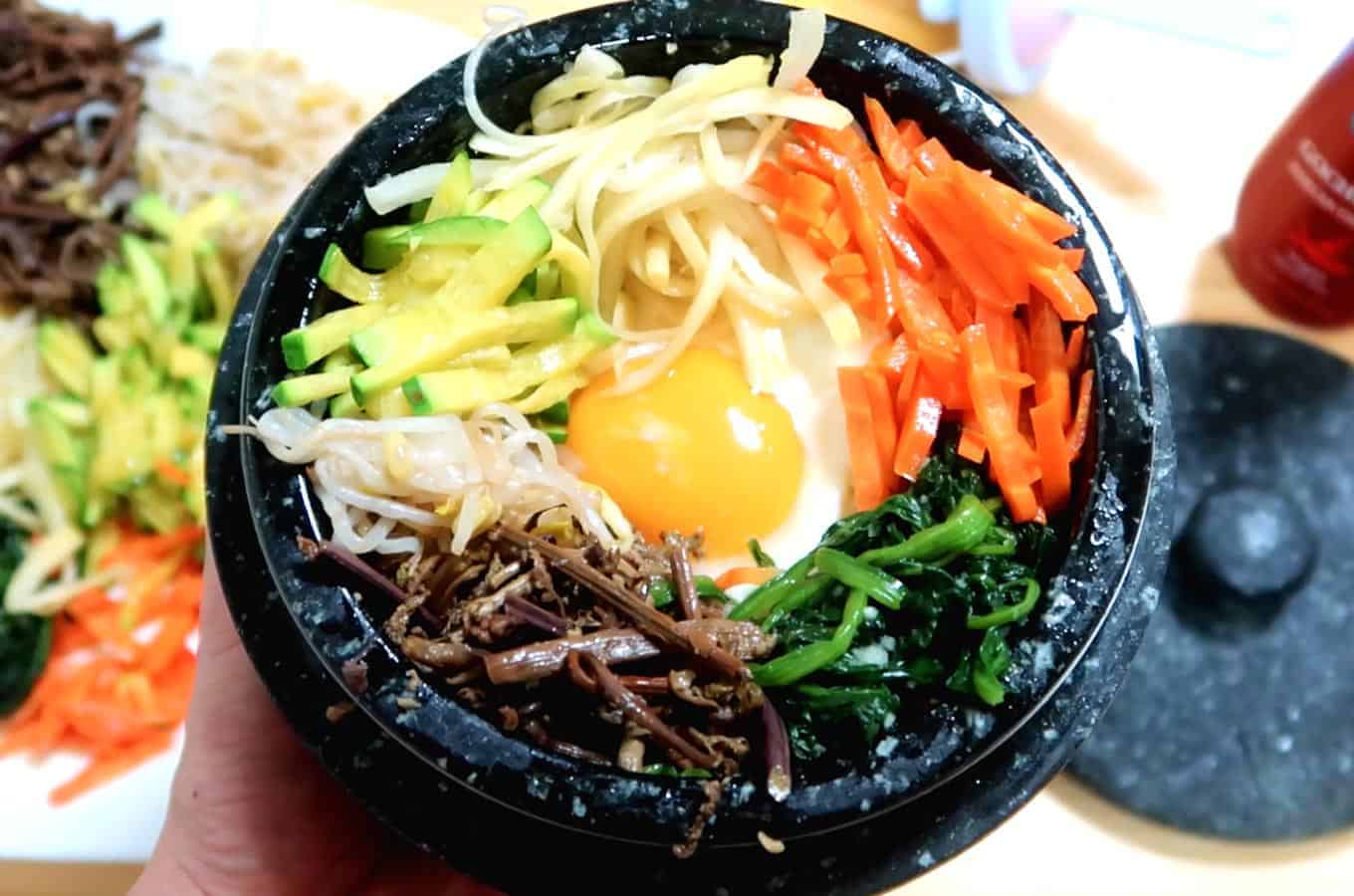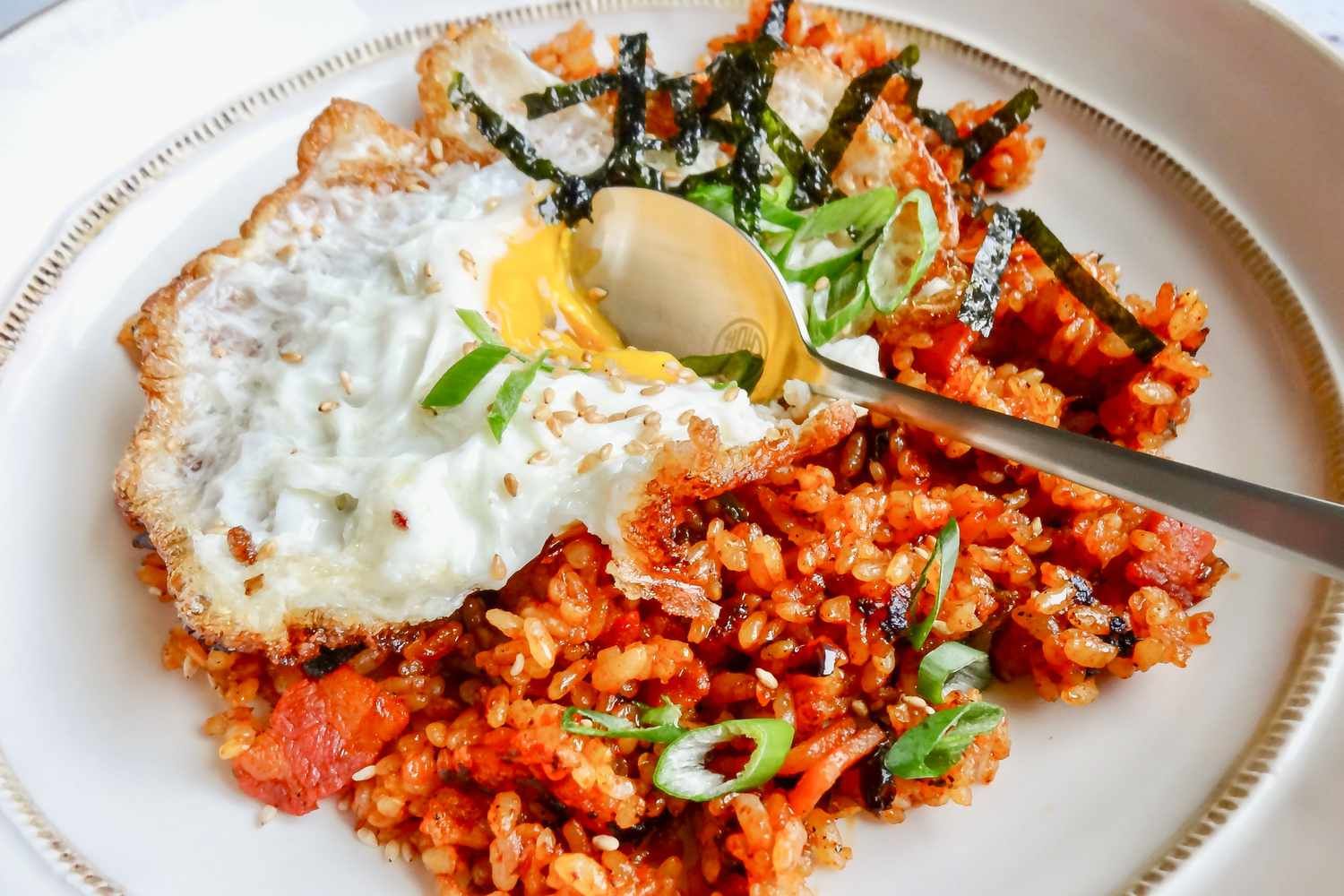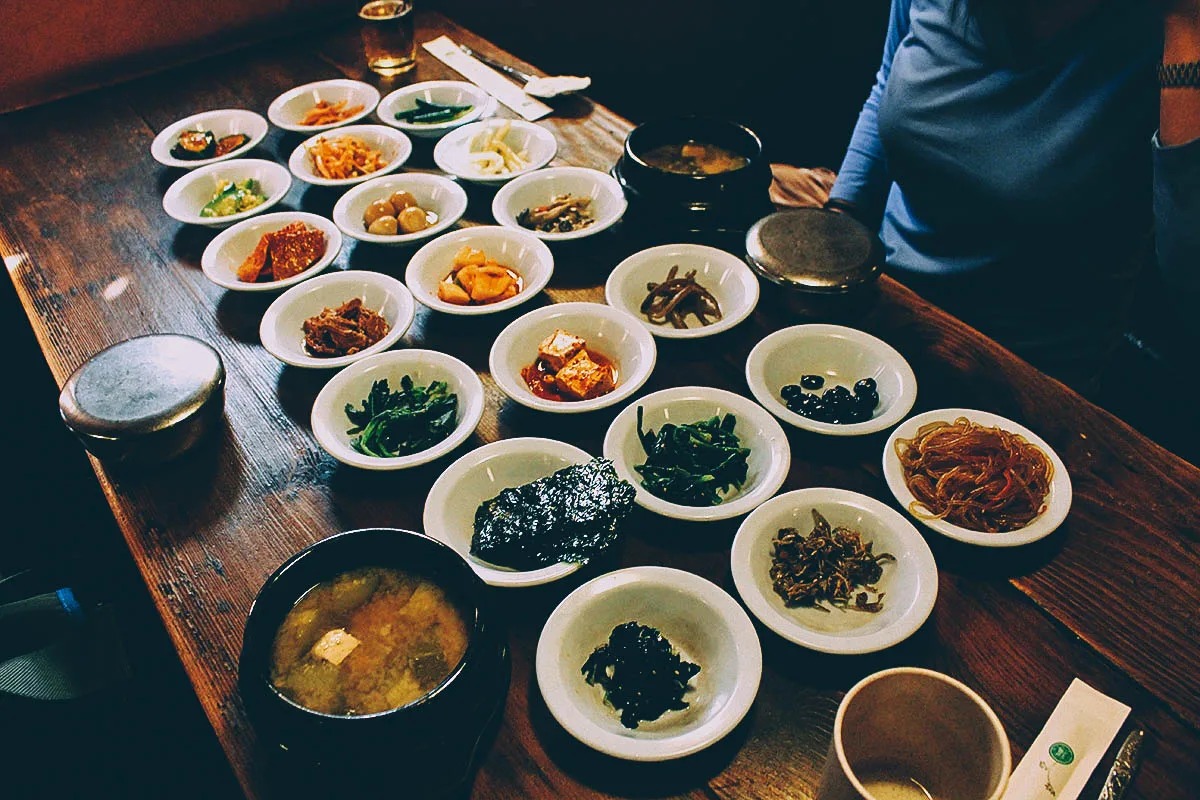Delicious Ways to Enjoy Korean Rice Cake
Korean rice cake, also known as tteok, is a popular and versatile ingredient in Korean cuisine. Made from glutinous rice flour, these chewy and soft rice cakes can be enjoyed in a variety of ways. Whether you’re a fan of savory or sweet flavors, there’s a Korean rice cake dish that’s sure to satisfy your taste buds. Here are some delicious ways to enjoy Korean rice cake:
Savory Stir-Fry
One of the most popular ways to enjoy Korean rice cake is in a savory stir-fry dish. Known as tteokbokki, this spicy and flavorful dish features rice cakes stir-fried with fish cakes, scallions, and a rich, spicy sauce made from gochujang (Korean chili paste). The combination of chewy rice cakes and bold flavors makes tteokbokki a beloved street food and comfort dish in Korea.
Soup and Stew
Korean rice cakes are also commonly used in soups and stews. Tteokguk, a traditional Korean soup, features thinly sliced rice cakes in a clear broth with eggs, seaweed, and other ingredients. This dish is often enjoyed during the Lunar New Year and is believed to bring good luck and prosperity. Additionally, rice cakes can be added to hearty stews like sundubu-jjigae (soft tofu stew) for a satisfying and filling meal.
Grilled Delights
For a unique and delicious twist, try grilling Korean rice cakes. Garaetteok, a long cylinder-shaped rice cake, can be grilled to perfection and enjoyed with a sprinkle of sugar or a drizzle of honey. The heat from the grill caramelizes the rice cakes, creating a delightful contrast of crispy and chewy textures. This simple yet delightful treat is a popular choice for outdoor gatherings and barbecues.
Sweet Treats
When it comes to sweet treats, Korean rice cakes shine in desserts as well. Injeolmi, a type of rice cake coated in roasted soybean powder, offers a delightful nutty flavor and a satisfyingly soft texture. These bite-sized rice cakes are perfect for satisfying your sweet tooth and are often enjoyed with a warm cup of tea or as a snack on the go.
Kimchi Fried Rice with Rice Cake
Another creative way to enjoy Korean rice cake is by adding it to kimchi fried rice. The chewy texture of the rice cakes pairs perfectly with the spicy and tangy flavors of kimchi, creating a delicious and filling dish that’s easy to prepare at home. Simply stir-fry cooked rice, kimchi, and rice cakes together for a flavorful and satisfying meal.
Whether you prefer savory or sweet dishes, there are countless ways to enjoy Korean rice cake. From spicy stir-fries to sweet desserts, the versatility of rice cakes makes them a beloved ingredient in Korean cuisine. So, the next time you’re looking to add some excitement to your meals, consider incorporating Korean rice cakes into your cooking repertoire.
